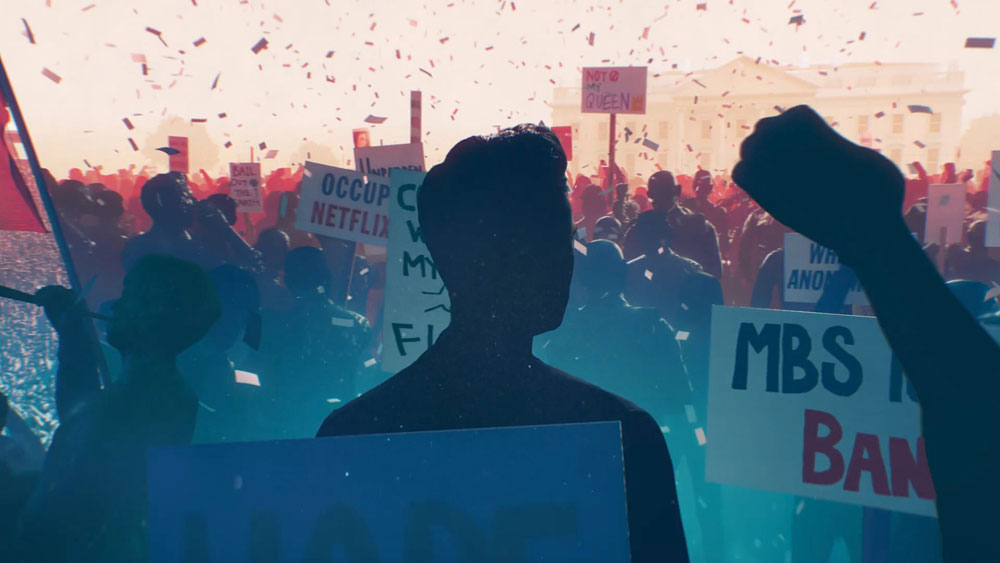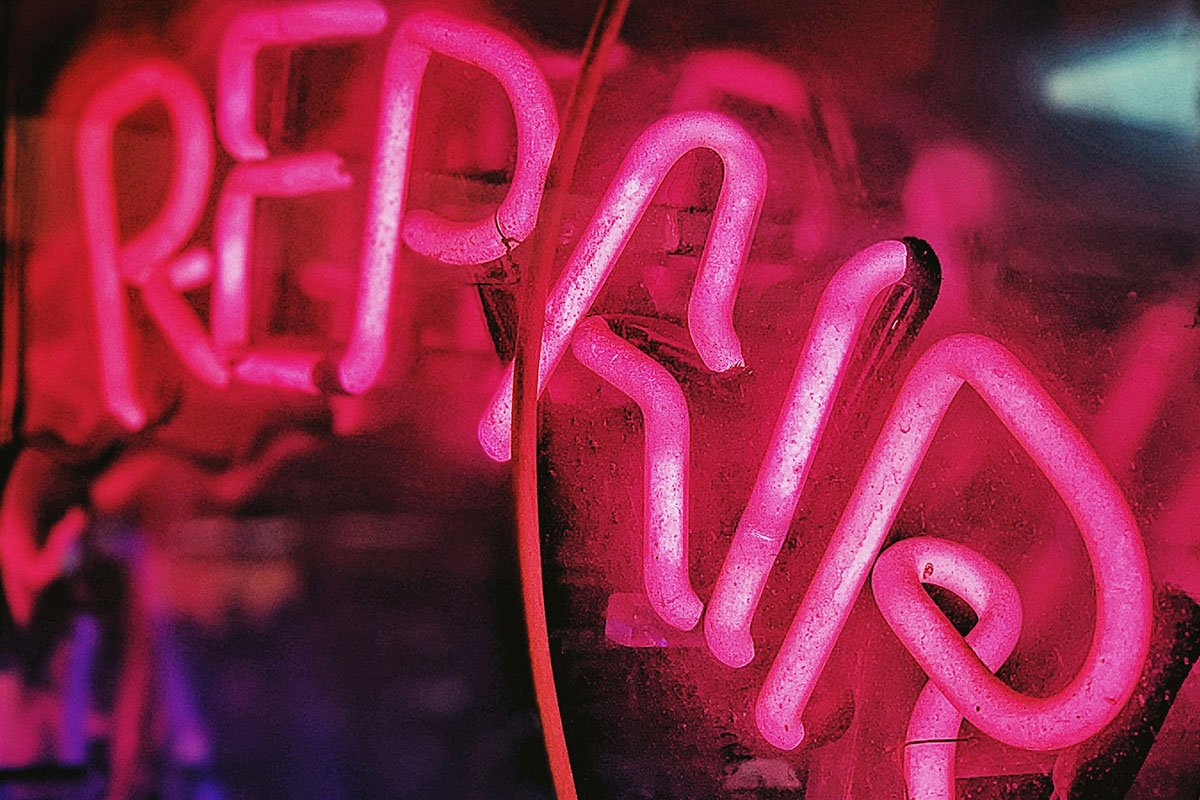
December 3, 2019; Washington Post
For NPQ readers, the notion that megadonors have increasing sway over philanthropy is not exactly news. Back in January 2016, for example, NPQ’s Marty Levine wrote an article about megadonors and public education titled “Megadonors and Public Policy: A Bad Mix?”
Honestly, we’ve resolved to keep writing about the dangers of bought social dominance until we reached a tipping point, which may have now arrived with the information that as big donor donations are rising, small donor donations are disappearing. We have actually known this for a year and, as you may have noticed, have brought the issue up repeatedly. When NPQ does this, it is not because we have run out of things to write about; it is because there is, as MC Escher points out, great defining and focusing power in repetition, and because we want to encourage public action to reverse what we see as a trend that is devastating to democracy.
But what is new is that the public is increasingly taking notice. You know this is true when comedians are picking it up. The latest episode of comedian Hasan Minhaj’s Netflix show Patriot Act, for example, is called, “Why Billionaires Won’t Save Us.” Minhaj points out that, “By one estimate, 30 percent of all charitable donations this year are expected to come not from the top one percent, but the top half of the top one percent.” Even donor-advised funds (DAFs) make an appearance. Suffice it to say that Minhaj is not a fan, remarking that, “You can donate to a DAF, take the tax break, but not actually send the money to a charity for years, which might be why DAF donations have almost tripled since 2007.”
Minhaj ends with a disturbingly blatant moment of self-awareness and self-indictment by Bill Gates, shown in a video interview explaining why he would not run for president. His answer? Because he would need to be elected and authorized. Wielding power as a plutocrat and philanthropist is much easier, he muses. “Why would I want to be a temp?”
Sign up for our free newsletters
Subscribe to NPQ's newsletters to have our top stories delivered directly to your inbox.
By signing up, you agree to our privacy policy and terms of use, and to receive messages from NPQ and our partners.
And as Amy Schiller, a political theorist writing an op-ed in the Washington Post, points out, the rising distance between donor and beneficiary is beginning to tear apart the legitimacy of the system that sustains both nonprofits and philanthropy. Schiller observes that charity has long been a signifier of “the American mythology of individual contributions combining for shared gains.”
Schiller adds that, “The slogan for the Community Chest fundraising campaigns in the mid-20th century exemplified this American collectivism: ‘Everybody gives, everybody benefits.’”
Today, though, everyone is not giving—and the myth is fraying. Schiller notes that, “Since 2000, low-dollar and mid-level donors have gone down by about two percent each year. These givers have traditionally made up the bulk of solicitation lists, but as real wages have stagnated and cost of living has increased, many have less discretionary funds to give to the causes dear to them. The ultrarich, however, have plenty, and they’re increasingly using their charitable giving as a political cudgel.”
Yesterday, in NPQ, Patrick Rooney provided the latest numbers: “In 2016, 53.9 percent of American households donated something to a legally recognized charity. This is down 1.5 percentage points from the prior wave of data in 2014, 11.5 percentage points since the Great Recession, and almost 14 percentage points from the peak level, in 2002. In other words, one in five former donors in the early waves of the study are now not giving anything to legal charities in any given year.”
Sheena Ashley made a similar point in NPQ earlier this week. As Ashley put it, “The question that the philanthropy field has to grapple with today, then, is, what happens when the normative commitment to charity through charitable organizations is no longer universally held.”—Steve Dubb











